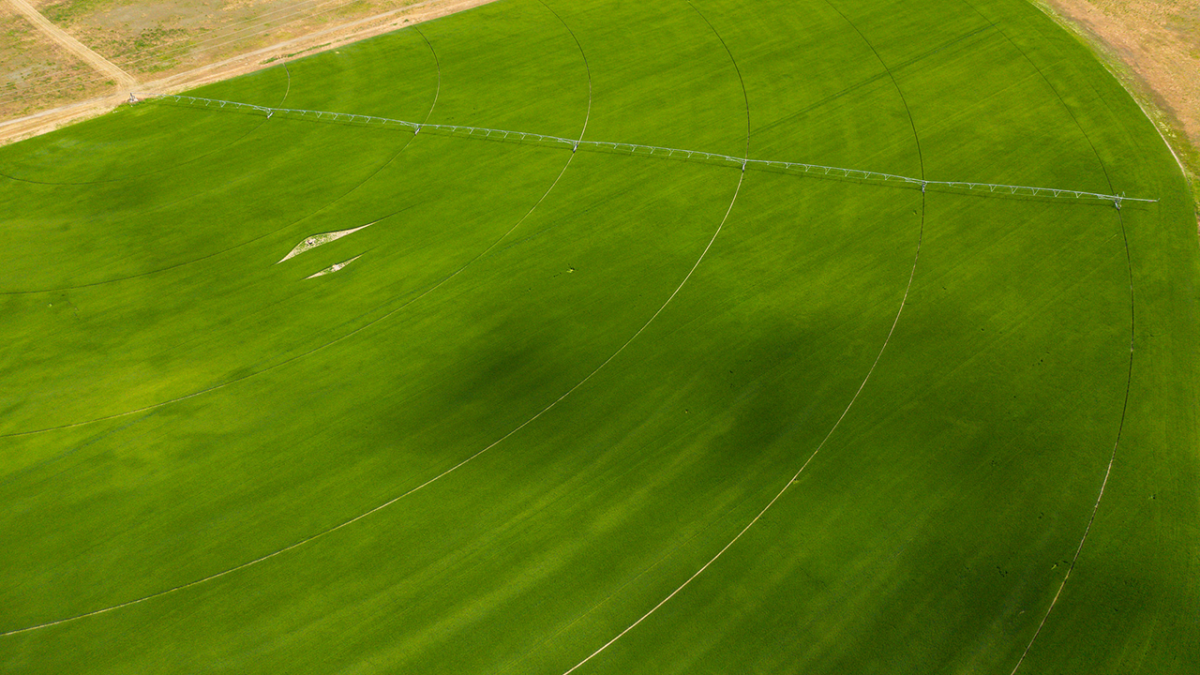USDA NRCS Montana/Flickr (Public Domain)
The following is excerpted from Cornhusker Economics article published Feb. 2, 2022, by the Department of Agricultural Economics at the University of Nebraska-Lincoln.
For the 2022 crop production year, eighty-four Nebraska crop budgets, including two cover crops and a pasture budget, were prepared by crop specialists and extension economists at the University of Nebraska -Lincoln. The 2022 crop budget information is provided in three formats including the new report format from the Center’s new Agricultural Budget Calculator (ABC). Excel and printable pdf file versions are available as well.
Cost of Production Projected Higher
Higher fuel, fertilizer and pesticide costs are the main drivers of projected production cost increases for crops produced in 2022. Higher machinery and land costs are factors adding to cost increases as well.
Table 1 provides a comparison of each corn budget showing 2021 costs per bushel on a cash and economic basis compared to the 2022 projected costs. For dryland corn, considering the 150-yield average for all dryland budgets, cash costs per bushel increased $0.53 and $0.56 for the economic costs. For the irrigated corn budgets, using a 239-bushel yield on average, 2022 cash costs were projected to increase by $0.55 per bushel and $0.59 per bushel for economic costs. Table 2 provides a similar comparison of the 2021 cost of production figures on soybeans with the 2022 projected costs of three dryland soybean budgets indicating a cash cost increase of $0.93 per bushel and $1.02 per bushel for economic costs. Irrigated soybean cost per bushel increases were similar at $0.91 (cash) and $1.11 (economic) per bushel. Table 3 provides cash and economic cost per bushel comparisons for 2021 and 2022 wheat budgets with a range from $1.09 to $1.19 per bushel increases in cash and economic cost of production estimates.
In addition to corn, soybeans and wheat, crop budgets included in the report for 2022 are alfalfa, dry edible beans, grain sorghum, grass hay, millet, peas, oats, sugar beets, and sunflowers. The 2022 Nebraska crop budgets are based on a projected yield which is used to calculate both a total economic and a cash cost per unit of production. Cash costs do not include the ownership cost of machinery and equipment used in field operations and a real estate opportunity cost when land is owned. On the other hand, economic costs include an opportunity cost of land and equipment, plus depreciation costs of machinery and equipment.
Land values from the 2021 Nebraska Farm Real Estate Report are used in the budgets in calculating land ownership /opportunity costs. Land values increased overall including 6.5% for dryland (State), 5.5% for dryland (Eastern, NE) and 8% for statewide irrigated land values. Additional increases in land values and rental rates would factor into an even higher cost of production in some locations than what the 2022 crop budgets may indicate.
If an operator rents crop ground and is calculating their cost of production, the land value and real estate taxes in our sample budgets can be eliminated and replaced by the amount paid for cash rent. In this scenario, cash costs will increase due to the added cash rent expenses and the removal of cash real estate taxes. Economic costs will change as the opportunity cost of land ownership figured in the Nebraska crop budgets is a non-cash expense and is included in economic costs.
In addition to depreciation and ownership costs of machinery and equipment, field operation costs include labor, fuel, and repair expenses. Repairs and depreciation expenses are figured using the Society of Agricultural Engineers formulas and equations for power units and implements. The 2022 labor rate remained the same as last year’s figure of $25 per hour. Labor costs for each operation are calculated using machinery accomplishment rates and are adjusted for the additional time required for getting machinery ready, adjusting machinery, and handling fertilizer and crop inputs.
Read Full Article via Cornhusker Economics